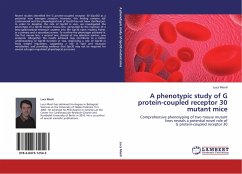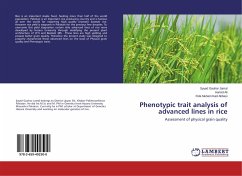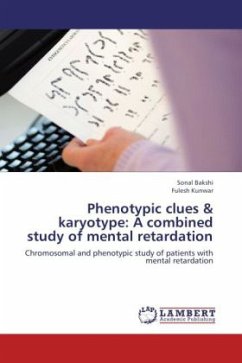Recent studies identified the G protein-coupled receptor 30 (Gpr30) as a potential new estrogen receptor. However, this finding remains still controversial and the physiological role of Gpr30 has not been clarified yet. In order to decipher the role of Gpr30 in vivo, we investigated the phenotype of a Gpr30 mutant mouse line, generated by the insertion of a beta-galactosidase-neomycin cassette into the Gpr30 open reading frame, in a primary and a secondary screen. To confirm the phenotype achieved in this first mouse line, a second one, devoid of any selection marker, was analyzed. Altogether the results achieved may contribute to a better understanding of Gpr30 function in vivo, disproving a role of Gpr30 in body weight regulation, suggesting a role in lipid and muscular metabolism, and providing evidence that Gpr30 may not be required for several estrogen-regulated physiological processes.








